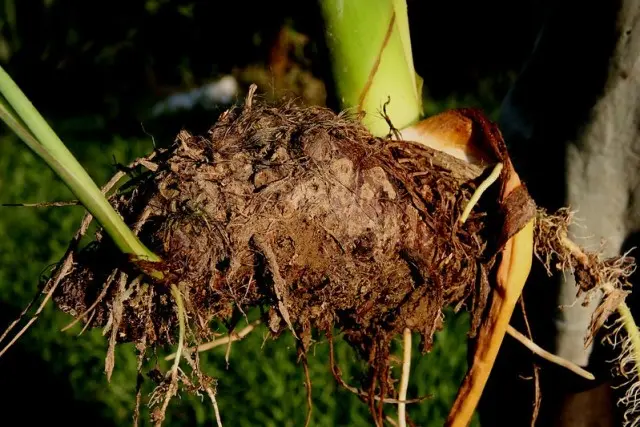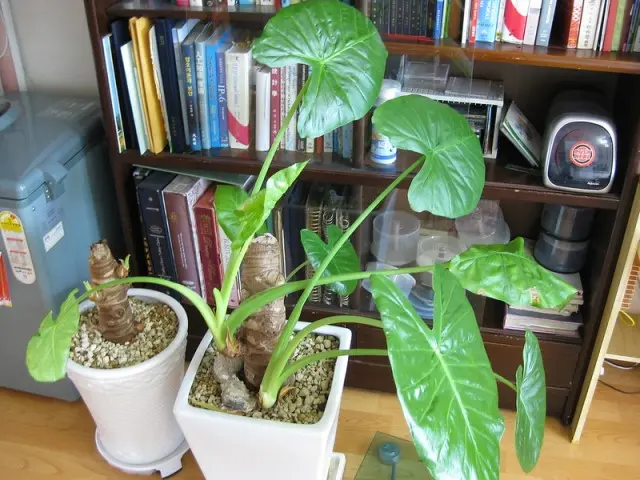Elephant ears, with their large, lush foliage, are a fantastic addition to any garden. Known scientifically as Colocasia, Alocasia, and Xanthosoma, these tropical plants can add a dramatic flair to your garden space. However, as winter approaches, gardeners face the challenge of preserving these tropical beauties in colder climates. This article provides a comprehensive guide to overwintering elephant ears, ensuring their survival and flourishing return in the spring.
Understanding Elephant Ears
Before delving into overwintering methods, it’s crucial to understand the different types of elephant ears. The most common varieties include Colocasia, often referred to as “Taro,” Alocasia, known for its upward-pointing leaves, and Xanthosoma, which is distinguished by its unique foliage. Each type might have slightly different care requirements, but general overwintering principles apply to all.
When to Start Overwintering
The timing for beginning the overwintering process is critical. Elephant ears are sensitive to cold, and the process should start before the first frost. Typically, this is in the late fall, but the exact timing depends on your specific climate zone.

Overwintering Elephant Ears
There are several effective methods for overwintering elephant ears, depending on whether they are planted in the ground or in containers.
1. In-Ground Plants
For elephant ears planted in the ground, the primary goal is to protect the bulb, or tuber, from freezing. Here’s how:
- Cut Back Foliage: Once the foliage starts to yellow or after the first light frost, cut back the leaves. Leave about 2-3 inches of stem above the ground.
- Dig Up the Tubers: Carefully dig around the plant, ensuring you don’t cut into the tuber. Gently lift it out of the ground.
- Clean and Dry: Remove excess soil and let the tubers dry for about a day in a cool, dry place.
- Store Tubers: Wrap the tubers in newspaper or peat moss and store them in a cool, dark, and dry place. Ideal storage temperatures range from 45-55°F. Basements or garages often provide the perfect environment.

2. Container Plants
For those growing elephant ears in containers, the process is somewhat simpler.
- Move Indoors: Before the first frost, move the container to a cool, but frost-free area. This could be a garage, basement, or any place where the temperature stays above freezing but below 60°F.
- Reduce Watering: Cut back on watering, allowing the soil to stay dry. This dormant period is crucial for the plant’s health.
- Light and Temperature: If possible, provide some light. A cool room with a window or grow lights can help, but complete darkness is also acceptable for dormant tubers.
Caring for Dormant Elephant Ears
During the winter, your elephant ears require minimal care, but there are still a few things to keep in mind:
- Check for Rot: Periodically check the stored tubers for rot or drying out. If a tuber is soft or mushy, it’s likely rotting and should be discarded.
- Moisture Levels: If the tubers seem overly dry or shriveled, lightly moisten the surrounding material (newspaper or peat moss) to add a bit of humidity.
Preparing for Spring
As winter ends and temperatures begin to rise, it’s time to think about reviving your elephant ears.
- Rehydrate Tubers: If the tubers were stored dry, rehydrate them by soaking in water for about an hour.
- Early Start Indoors: You can get a head start on the growing season by potting the tubers in containers and placing them indoors in a warm, sunny spot. Once you see growth, you can gradually start watering more.
- Transition to Outdoors: When the danger of frost has passed and the soil has warmed up, you can transplant your elephant ears back into your garden or move the containers outside.
Tips for Success
- Climate Consideration: In warmer climates (USDA zones 8 and above), elephant ears can sometimes survive the winter outdoors with heavy mulching to protect the tubers.
- Avoid Overwatering: During their dormant period, overwatering is a common mistake that can lead to tuber rot.
- Pest Check: Before bringing any plant indoors, check for pests and treat if necessary to avoid infestations.
Conclusion
Overwintering elephant ears may seem daunting at first, but with the right approach, it is a manageable and rewarding process. By understanding the needs of your specific variety and following these steps, you can ensure that these tropical beauties survive the winter and thrive year after year. The key is to provide a period of dormancy, protect the tubers from extreme cold, and then gently coax the plants back to life as the weather warms. With a bit of care and attention, your elephant ears will continue to be a stunning focal point in your garden.
MORE POSTS: A Guide to Successfully Overwintering Mums
References:
https://www.americanmeadows.com/content/prepare-your-elephant-ears-for-the-winter
